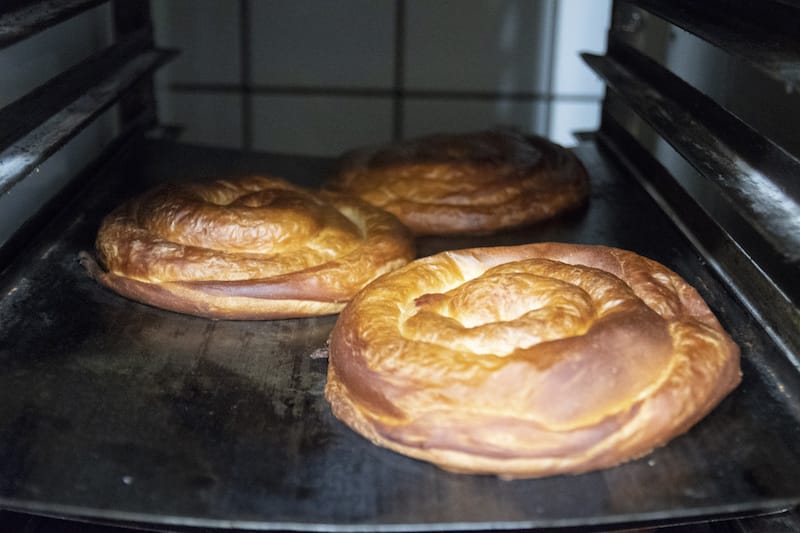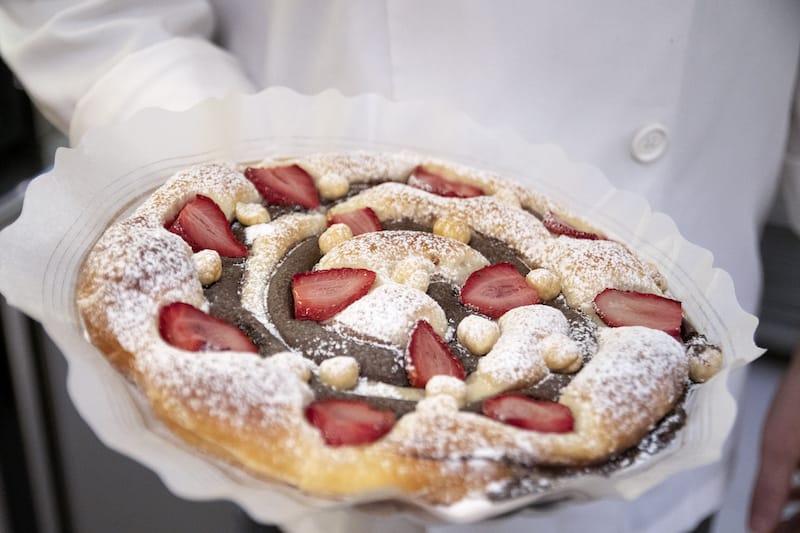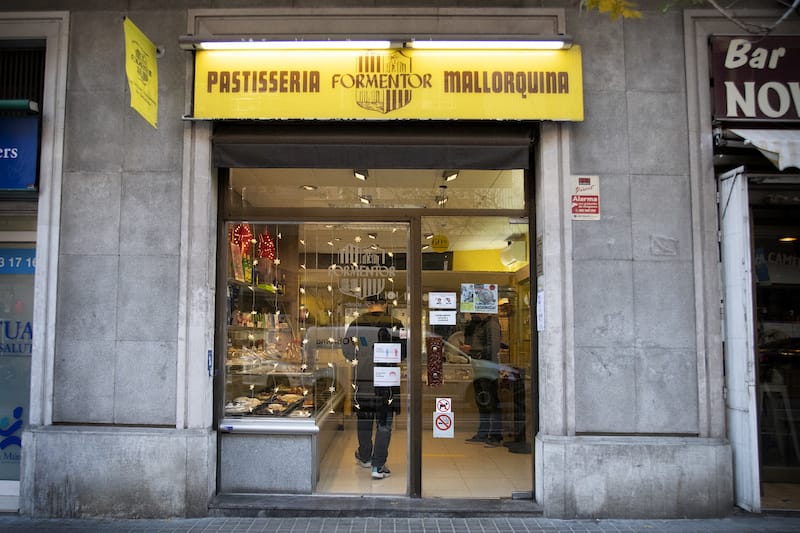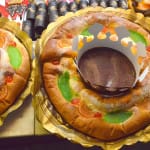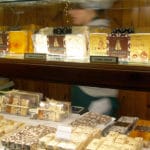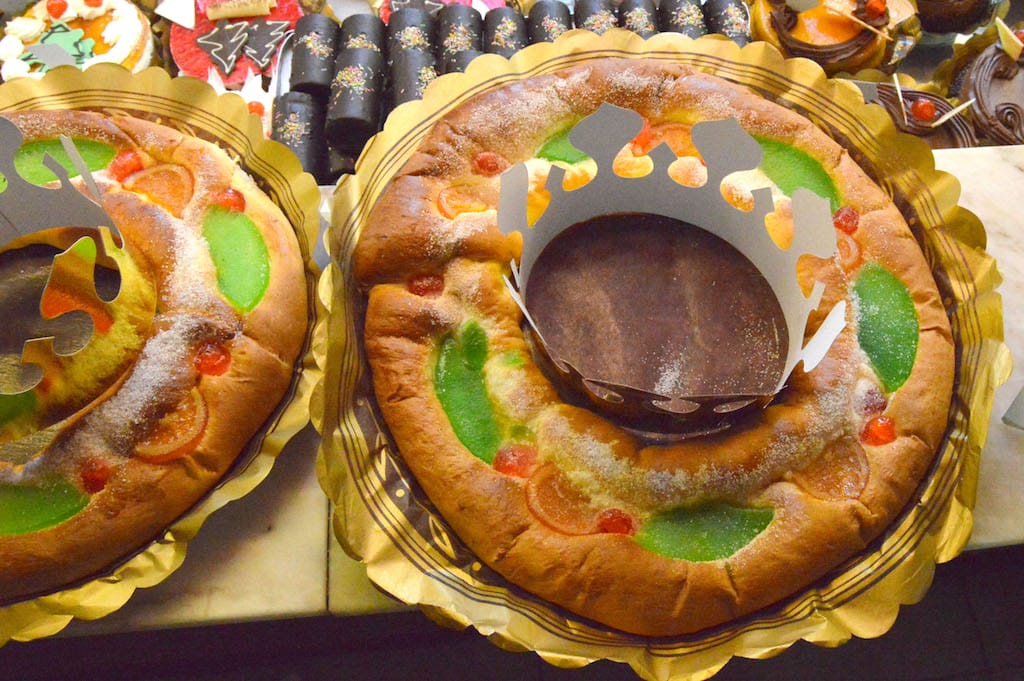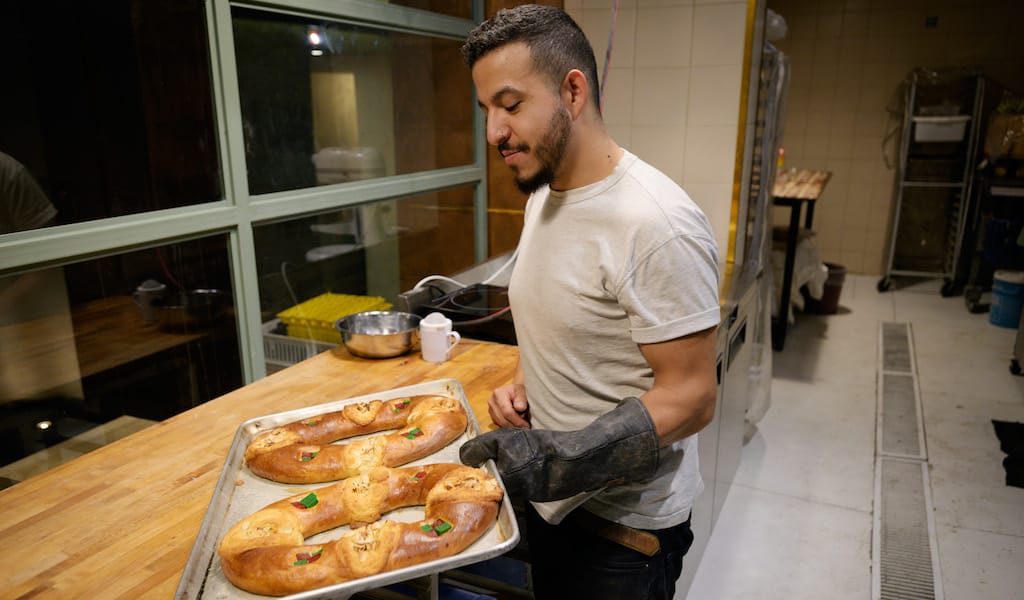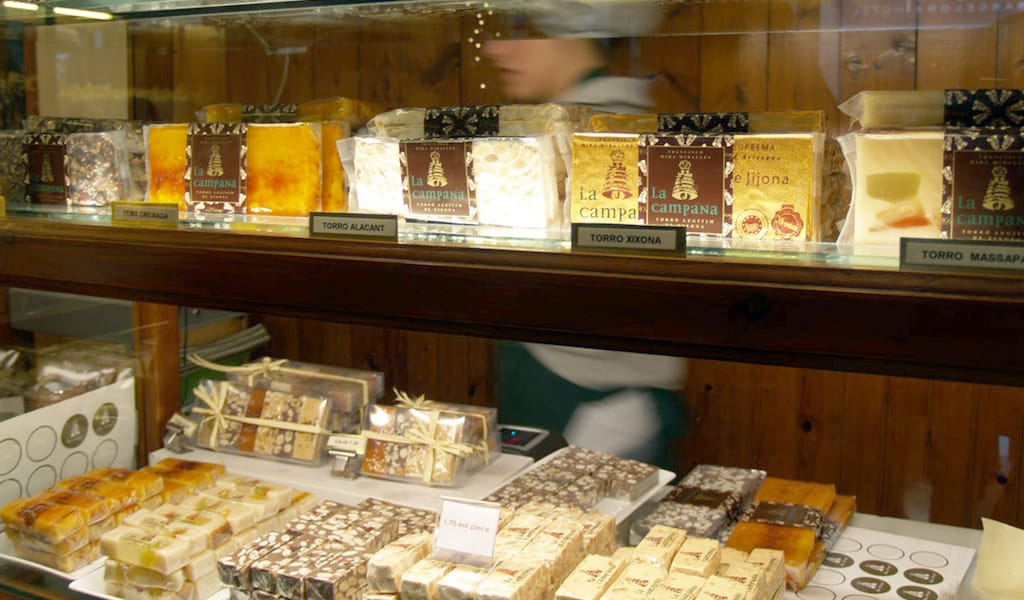The Catalan ensaïmada is more than just a pastry – the sweet, spiral-shaped bread covered in powdered sugar serves as a direct link to the ancient Sephardic Jewish history of Spain and, more specifically, the Balearic Island of Mallorca (Majorca, in English).
Despite the Jewish connection, the name of the pastry actually comes from the Catalan word for lard, saïm, and literally means “mixed with lard.”
According to recent research conducted by the Majorcan pastry chef and culinary anthropologist Tomeu Arbona, ensaïmadas are Christianized relatives of an ancient Jewish bread baked on the island, similar to braided challah. The Majorcan bread was made with olive oil instead of lard, in accordance with Jewish dietary laws, but like ensaïmadas it had a light, airy texture and either spiral or braided shapes that, according to Arbona’s research, symbolized long life and the union of the material and spiritual worlds.
The existence of a Jewish population on Majorca goes back to Roman times, but its official presence came to an end in the late 1400s, when the Spanish Inquisition forced local Jews to either convert to Christianity or flee into exile. The converted Jews who remained behind, many of them still secretly practicing elements of their religion, became known as xuetas. To avoid continuing persecution, members of this community would often use previously taboo ingredients, such as lard and other pork products, in their cooking. Out of this came ensaïmadas, which today can still be found in Majorcan bakeries.
Following the migration route of Majorcans, ensaïmadas also found their way to other parts of Spain, as well as to former Spanish colonies like the Philippines and Puerto Rico, where they are simply called Mallorcas. In Barcelona, it’s possible to find several patisseries with outstanding ensaïmadas, with one of the most celebrated being Formentor, a small family-run bakery with a long history of creating artistic variations of the classic pastry.
Formentor got its start in the 1930’s, when Antonio Andreu, a young “ensaimadero” from Majorca, came to Barcelona and opened a bakery in the central Gothic neighborhood. Andreu was so skilled that he soon started producing artisanal ensaïmades for other bakeries. His initial success was cut short by the onset of the Spanish Civil War and the ensuing hardships of the postwar period, which forced Andreu to close up shop. But the baker made a comeback in 1952, opening another bakery, this time in the Gràcia neighborhood, which at the time was considered the outskirts of the city.
When Formentor first opened, none of Andreu’s friends thought it would survive. “Back then, Majorcan products were less appreciated in the city than today. If my grandfather could see how many ensaïmades we do now he would flip out,” says Pilar Tasias, granddaughter of the late Andreu and the bakery’s current owner. While Formentor also bakes classic Catalan items, their ensaïmadas have, without a doubt, become their main attraction. “We currently produce around 19 different varieties, either with fillings or decorated,” Tasias says. “We want to give the pastry more value, to approach them like something fine.”
Among Formentor’s most popular ensaïmadas are those filled with either whipped cream, custard or angel hair jam (a pumpkin jam from Majorca), as well as one filled with sobrassada, a classic Majorcan sausage, which makes for a wonderful contrast of sweet and savory. Among our personal favorites, though, is one made with a delicious filling of hazelnuts and chocolate, and another stuffed with caramelized strawberries.
Along with ensaïmadas, the bakery also sells other Majorcan specialties on a rotating schedule: On Tuesdays, it’s coca flatbread topped with Majorcan trempó salad (onion, green pepper and tomato), on Wednesdays panades de xai (lamb-stuffed pies traditionally sold at Easter) and on Fridays cocarrois d’espincas (half-moon turnovers) stuffed with sobrassada or botifarró (blood sausage).
As much as we like these other items, it’s the ensaïmadas that keep us coming back to Formentor. And soon we’ll have even more reasons to visit the bakery – to celebrate Formentor’s 70th anniversary. Tasias says they plan to release a whole new batch of special ensaïmadas. The new year has started off with the promise of new spiral pleasures to come!
Published on January 23, 2023








































